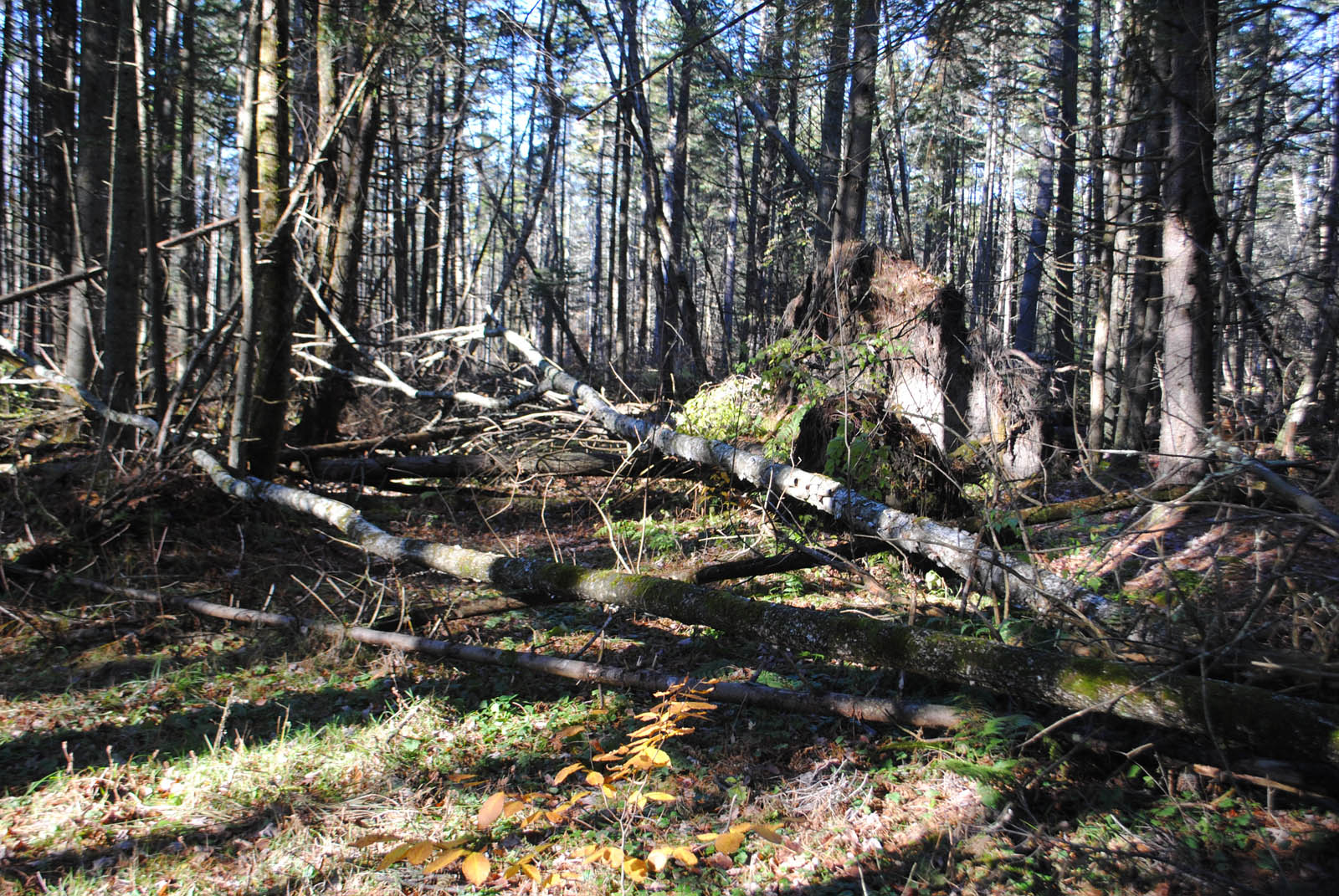
by David Brynn, VFF Executive Director
Vermont’s forest-based economy annually generates roughly $3.8 billion–a figure that varies from year to year. A little less than half of that revenue is associated with the timber and maple industry. More than half is generated by forest-based recreation. Vermont currently incentivizes the timber side of the equation while doing very little for the forest-based recreation side.
Vermont depends upon her forests to produce clean water, sequester carbon and provide habitat for a rich array of wildlife species. The values of these commonly-held (i.e. we the people hold them) elements is more than enough to justify programs such as UVA (Use Value Appraisal – commonly known as “Current Use”) that help keep forests as forests.
To suggest, as the recent article (“Carbon Cents“) in Seven Days does, that Vermont forestry is the best on the planet is a bit of a stretch. Also, to suggest that we need to manage forests for timber while receiving carbon credits might be possible, but to do so in a credible and tolerably bureaucratic way will present major challenges.
As Sen. Ruth Hardy correctly said, there is no “one-size fits all” solution. In any event, the good news is that self-willed forest ecosystems still know how to sock away carbon without being actively controlled and managed as resources.
Vermont needs to be open to the full range of ecologically sustainable relationships and opportunities beyond the “timber as default scenario” that is now in place. Also, more emphasis should be placed on encouraging family forest owners to do well by their forests while meeting their ownership objectives and those of the State of Vermont without breaking our public and private bank accounts.
More emphasis should be placed on conserving clean water, maintaining native wildlife species richness and reducing atmospheric carbon. The ecological functions and values of healthy forests serve, better than any other land cover, the common-pool assets of water, wildlife and air that all Vermonters hold and for which the State of Vermont is serving as trustee. Wild forests and worked forests can each help in their own ways.
Manifesting new and improved relationships with Vermont’s forests is no small task. However, doing so now is essential as we head into a rapidly heating planet and the grips of a deepening climate crisis.





